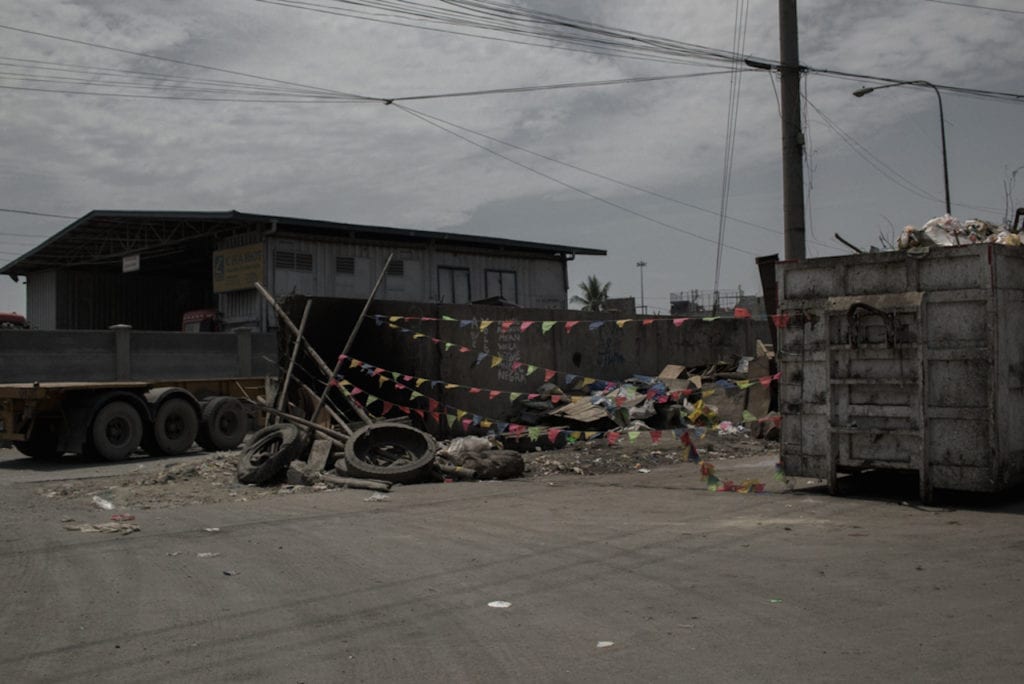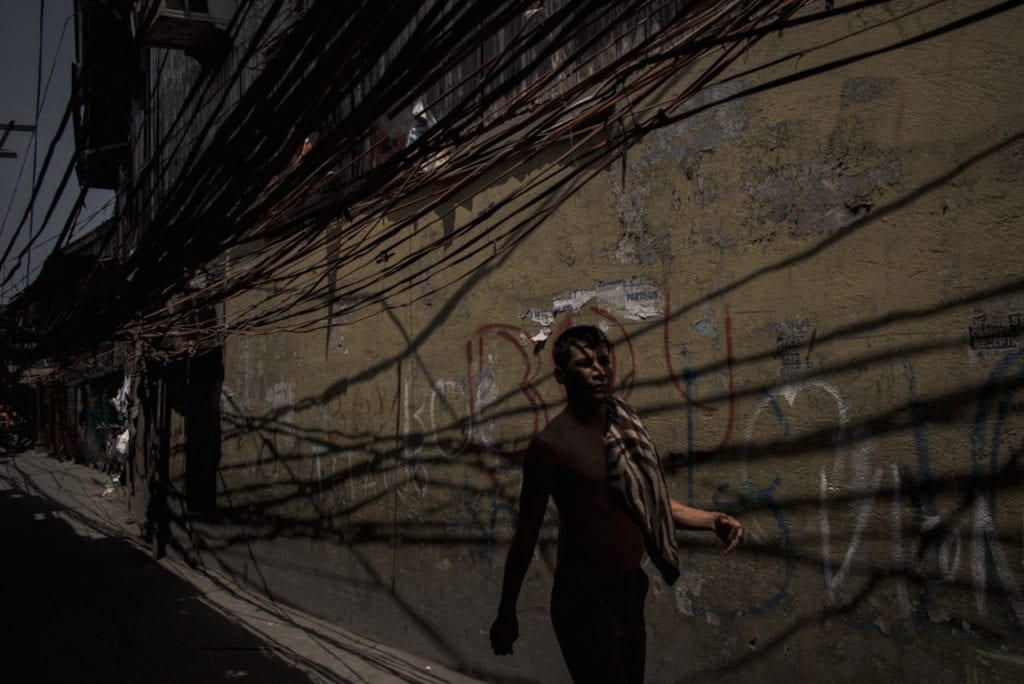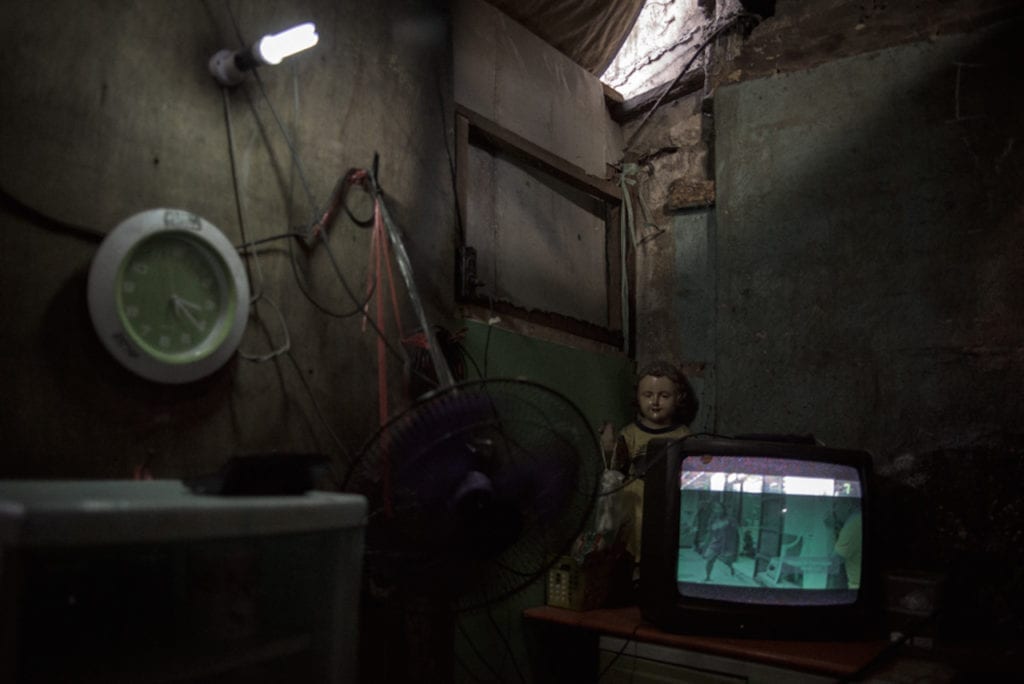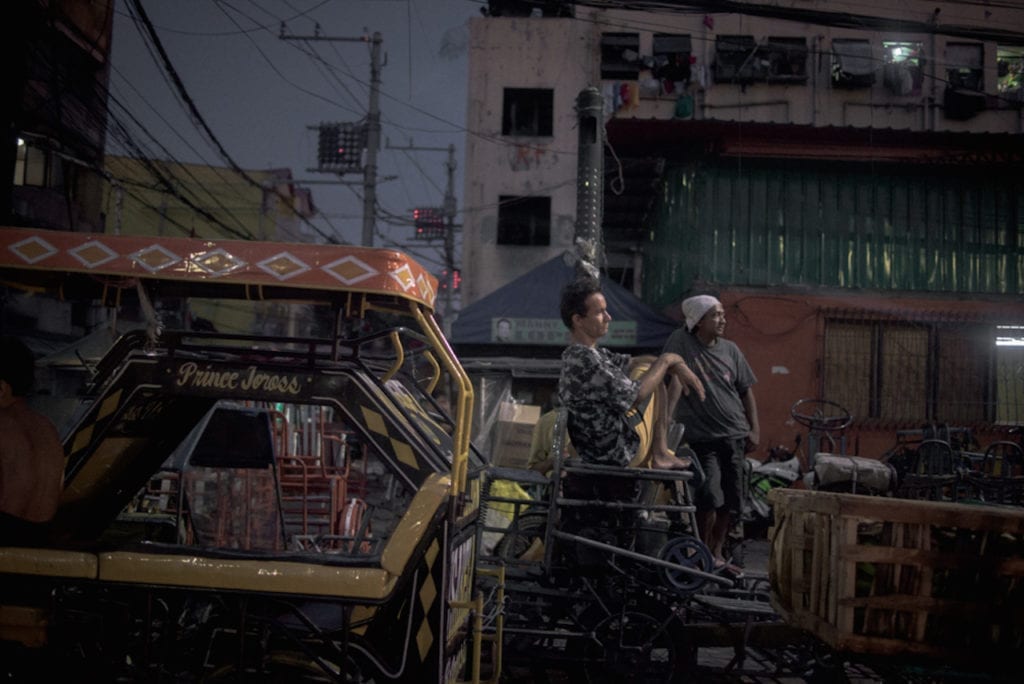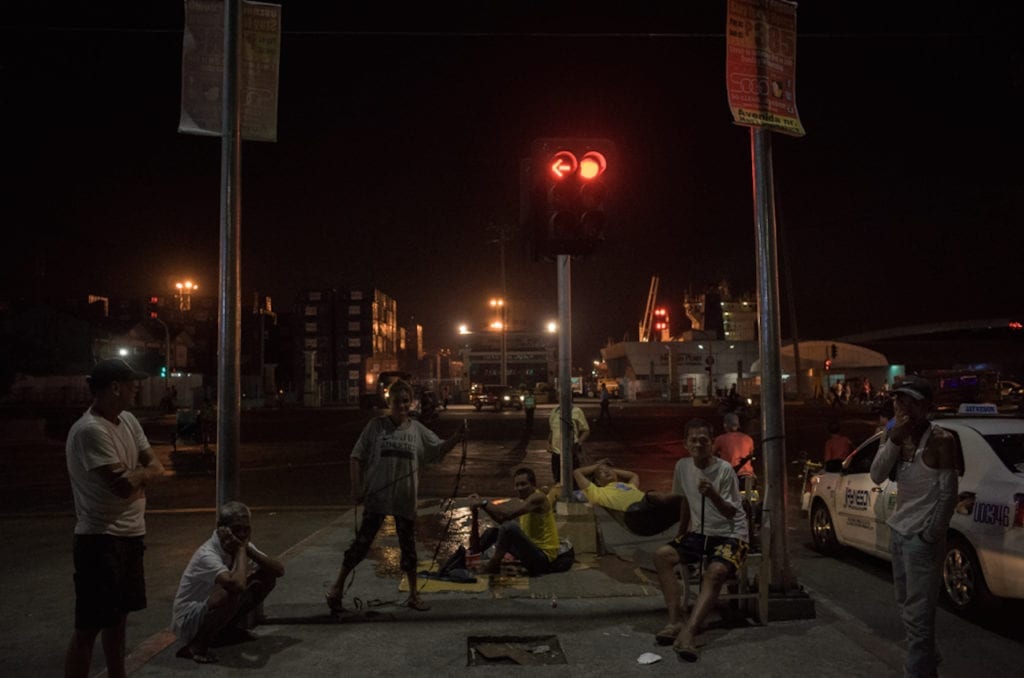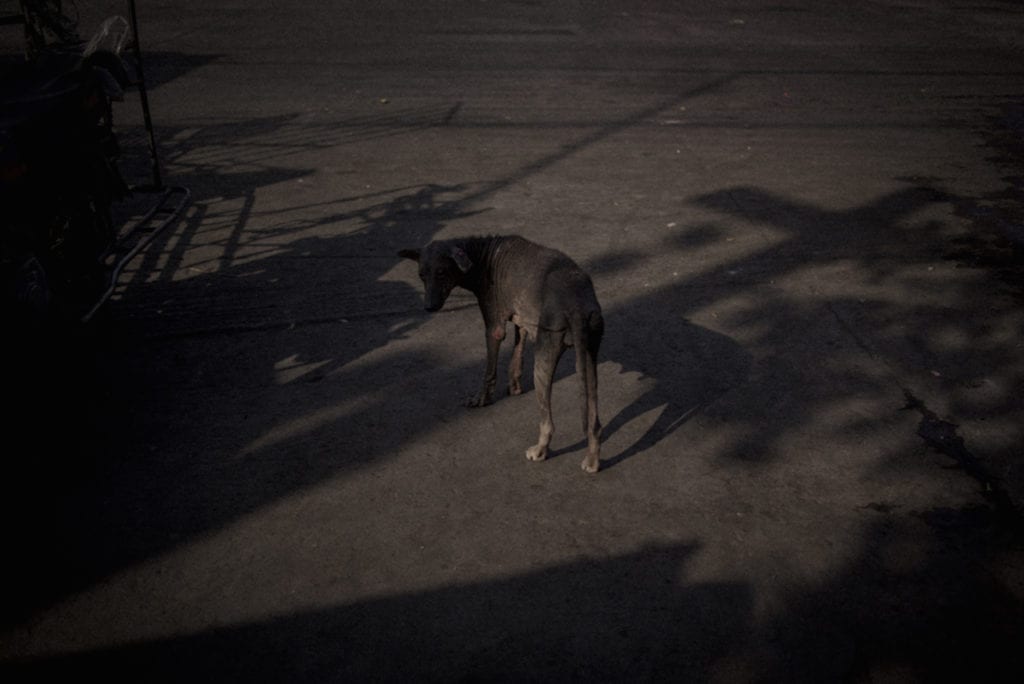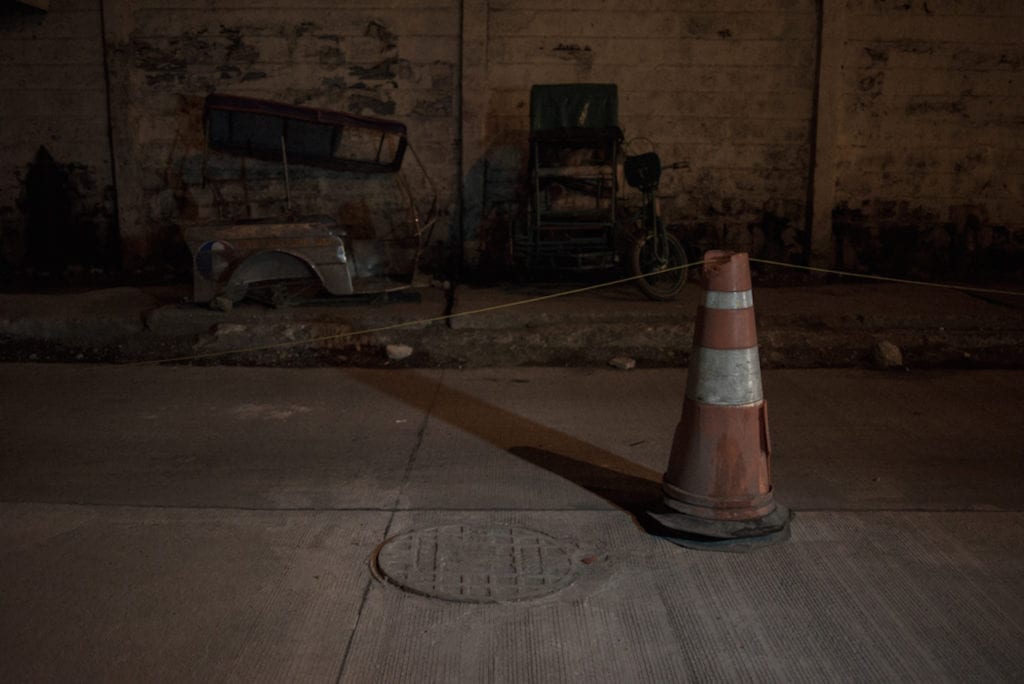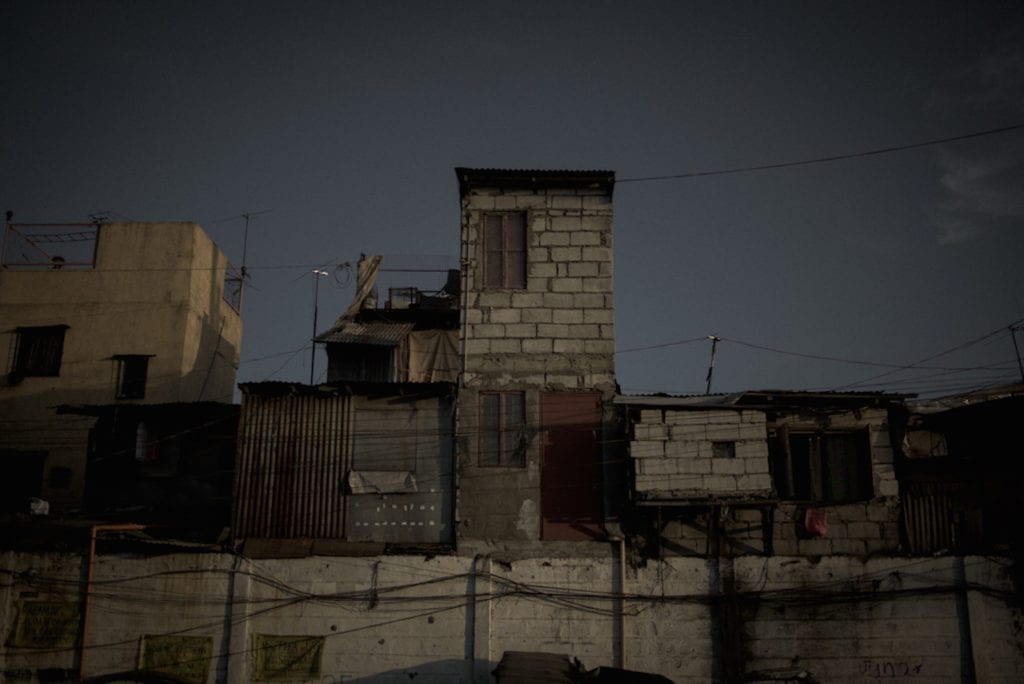“Kill them all,” said Rodrigo Duterte in March 2016 during his campaign to become president of the Philippines. “When I become president, I’ll order the police and the military to find these people and kill them.”
He said this of Filipino drug users and their dealers, and ever since his election victory two months later, Duterte’s administration has waged one of the most vicious counter-narcotics campaigns in the world. Anyone suspected of selling, consuming or being in any way involved in the drugs business is a target. Even police estimates put the number of people killed by law-enforcement officers and vigilantes in the past 12 months at more than 6000; thousands more have been injured or incarcerated.
Carlo Gabuco, 35, is a Filipino visual artist and photographer originally from the city of Mandaluyong, now based in the capital Manila. He’s been out on the streets since Duterte came to power, documenting less the moments of violence – which are plentiful – but its more overlooked victims. “At every crime scene I try to find the families of the dead,” Gabuco says.
“Last December I interviewed an 11-year-old girl whose mother and father were killed by unknown men in front of her. A few days before Christmas I came across a 14-year-old boy who had been shot in the leg trying to stop his father from being murdered. I decided to follow these orphans and document the effects of this drug war through their lives, because these children will be the most affected by the change this new administration has promised.”
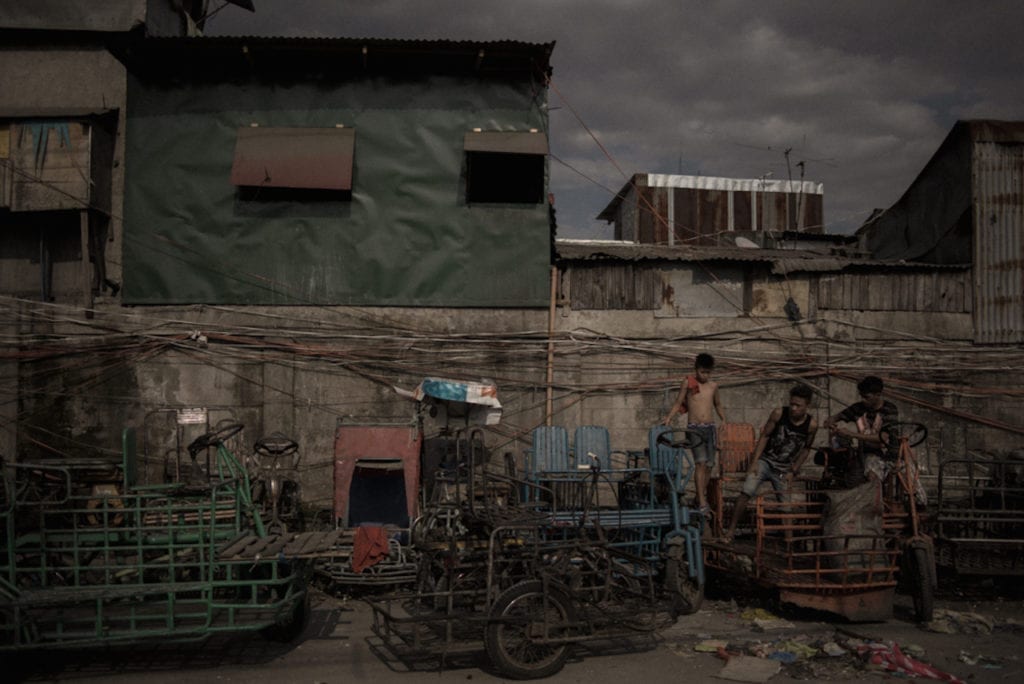
Gabuco has a track record of human rights and development-orientated photography. His pictures of the aftermath of Typhoon Haiyan in the Philippines were supported by Human Rights Watch and Amnesty International and his work has been used in publications such as Time, National Geographic and Der Spiegel, as well as by the BBC.
Yet Gabuco only began to focus on photography during the past 18 months. He studied Fine Art at the Philippine Women’s University, with a major in painting. As he prepared for the course’s final solo exhibition, a friend bought him a photobook of Magnum images. It was his first introduction to documentary photography.
“I remember going through that photobook every day,” he says. “The images had a huge impact on my paintings. But it was only last year that I decided I would go full time and really commit myself to doing a long-term photography project.”
This appreciation of aesthetics informs his ability to capture other people’s lives, often in the throes of loss and tragedy. “It is not just the act of taking pictures,” he says. “It’s more an understanding of what or who you’re photographing. You have to build a relationship with your subject and all the responsibility that comes with it, because you’re dealing with life or death.”
carlogabuco.com This article was published in the June 2017 BJP, issue #7860 – Ones to Watch, The Talent Issue, which is available via www.thebjpshop.com
